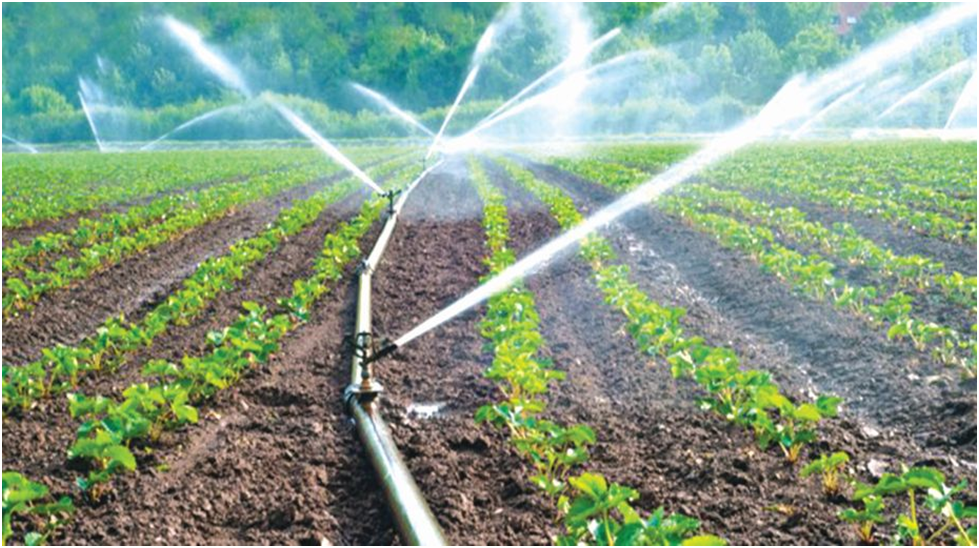QUES . Discuss Micro-Irrigation Systems and their advantages in Indian Agriculture.
HINTS:

Micro-irrigation systems are a form of irrigation that delivers water directly to the roots of crops through emitters or drippers at low pressure and with a high degree of precision. There are mainly five types of micro irrigations system: Sprinkler Irrigation; Drip Irrigation; Spray Irrigation; Subsurface Irrigation and Bubbler Irrigation.
In India, where agriculture is a major contributor to the economy, micro-irrigation systems have become increasingly popular due to their numerous advantages.
Advantages of micro-irrigation systems in Indian agriculture:
Water Conservation: Micro-irrigation conserves water as they use pipes or underground tubes. It delivers water directly to the soil surface close to the plant roots – avoiding wastage of water through evaporation or flooding.
Micro-irrigation systems ensure uniform distribution of water by delivering water only wherever necessary. Finally, there will be less evaporation and runoff from both the soil and leaves. According to the experts, micro-irrigation compared to other irrigation methods uses between 30 to 50% less water
This is especially important in areas where water is scarce, and droughts are common.
Increased Crop Yield: Because micro-irrigation systems deliver water directly to the roots of the plants, they provide a more efficient and effective means of irrigating crops. This can result in increased crop yields and improved crop quality.
Ideal for all soils: The best part of the micro-irrigation system is that it suits every type of soil. For instance, clay soil requires a slow procedure to avoid surface water collection and runoff. It is possible through micro-irrigation. In addition – sandy soils, need higher emitter discharge rates to ensure sufficient wetting of the soil.
Fertilizer Efficiency: Micro-irrigation systems can also be used to deliver fertilizers and nutrients directly to the roots of crops, which can help increase the efficiency of fertilizer use and reduce fertilizer runoff.
Reduced Labor Costs: Micro-irrigation systems can be automated, which reduces the need for manual labor and can save farmers time and money.
Improved Soil Health: Micro-irrigation systems can help improve soil health by reducing erosion and improving soil structure.
Lower Energy Costs: Micro-irrigation systems require less energy than traditional irrigation methods because they use less water and operate at lower pressures.
Overall, micro-irrigation systems offer numerous advantages over traditional irrigation methods and have the potential to revolutionize agriculture in India by improving crop yields, conserving water, and reducing labor and energy costs.
